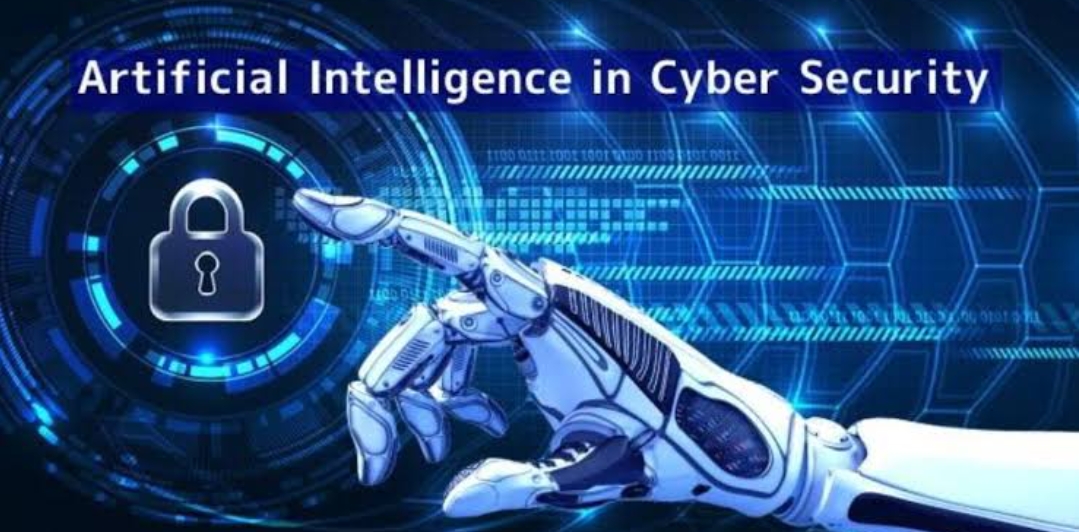How Critical System Protection Defends Against Crime

Strong 8k brings an ultra-HD IPTV experience to your living room and your pocket.
In today's interconnected world, the digital landscape is a double-edged sword. While technological advancements have paved the way for significant progress, they have also opened up new avenues for crime. Cybercriminals are becoming increasingly sophisticated, employing advanced techniques to exploit vulnerabilities in systems, networks, and devices.
This reality has made it imperative for organizations to adopt robust security measures. One such measure is Critical System Protection, which plays a crucial role in defending against crime by safeguarding essential infrastructure and sensitive data.
This article delves into how Critical System Protection, including tools like Symantec Network Access Control, defends against crime, and explores the broader context of cybersecurity.
Understanding Critical System Protection
Critical System Protection refers to a suite of security measures designed to protect an organization's most vital systems from unauthorized access, cyberattacks, and other forms of criminal activity. These systems often include financial databases, communication networks, and critical infrastructure such as power grids and transportation systems. The goal of Critical System Protection is to ensure the integrity, confidentiality, and availability of these essential systems.
At the heart of Critical System Protection is the implementation of advanced security technologies and practices. This includes firewalls, intrusion detection and prevention systems, encryption, and most notably, network access control solutions like Symantec Network Access Control. These tools work together to create a multi-layered defense that can detect, prevent, and respond to potential threats in real time.
The Role of Symantec Network Access Control
Symantec Network Access Control (SNAC) is a key component of Critical System Protection. It is a comprehensive security solution that enforces policy compliance on all devices attempting to access a network. By ensuring that only authorized and compliant devices can connect, SNAC helps prevent unauthorized access and reduces the risk of cyberattacks.
SNAC works by continuously monitoring the health and status of devices on a network. It checks for compliance with security policies, such as up-to-date antivirus software, operating system patches, and encryption standards. If a device does not meet these criteria, SNAC can automatically quarantine it, preventing it from accessing critical systems until the issues are resolved. This proactive approach is crucial in defending against crime, as it stops potential threats at the network's entry point.
Moreover, SNAC integrates seamlessly with other security solutions, providing a holistic approach to network security. By combining SNAC with other tools like firewalls and intrusion detection systems, organizations can create a robust defense-in-depth strategy that offers multiple layers of protection against various types of cyber threats.
How Critical System Protection Prevents Cybercrime
The primary objective of cybercriminals is to gain unauthorized access to sensitive information, disrupt operations, or extort organizations for financial gain. Critical System Protection acts as a deterrent by making it significantly more difficult for these criminals to achieve their goals.
Preventing Unauthorized Access: One of the most effective ways to defend against cybercrime is to prevent unauthorized access to critical systems. This is where Symantec Network Access Control shines. By enforcing strict access controls and continuously monitoring device compliance, SNAC ensures that only trusted devices and users can access the network. This prevents cybercriminals from exploiting weak entry points to infiltrate the system.
Detecting and Responding to Threats: Despite the best preventive measures, it is impossible to guarantee that a system will never be breached. This is why detection and response are critical components of Critical System Protection. Tools like intrusion detection systems (IDS) and intrusion prevention systems (IPS) work in tandem with SNAC to identify suspicious activity and take immediate action to neutralize threats. This rapid response capability is essential in mitigating the impact of cyberattacks and preventing criminals from achieving their objectives.
Ensuring Data Integrity: Cybercriminals often target data, either to steal it, alter it, or destroy it. Critical System Protection includes measures to ensure the integrity of data, making it more difficult for criminals to tamper with it. Encryption is one such measure, protecting data both at rest and in transit. Additionally, regular backups and data recovery plans are essential for minimizing the damage in the event of a successful attack.
Maintaining Operational Continuity: One of the most disruptive forms of cybercrime is a denial-of-service (DoS) attack, which can cripple an organization's operations by overwhelming its systems with traffic. Critical System Protection includes measures to defend against DoS attacks, ensuring that critical systems remain operational even in the face of an attack. This is vital for maintaining the continuity of essential services and minimizing the impact on the organization.
The Broader Context of Cybersecurity
While Critical System Protection is a vital aspect of defending against cybercrime, it is important to recognize that it is just one piece of the larger cybersecurity puzzle. Effective cybersecurity requires a comprehensive approach that encompasses not only technology but also people and processes.
Security Awareness Training: One of the most significant vulnerabilities in any organization is its people. Cybercriminals often use social engineering tactics, such as phishing, to trick employees into revealing sensitive information or installing malware. Security awareness training is essential for educating employees about these tactics and teaching them how to recognize and respond to potential threats.
Incident Response Planning: Even with the best security measures in place, incidents will inevitably occur. Having a well-defined incident response plan is critical for minimizing the damage and recovering quickly. This plan should outline the steps to take in the event of a security breach, including communication protocols, containment strategies, and recovery procedures.
Regulatory Compliance: Many industries are subject to regulatory requirements that mandate specific security measures. For example, the healthcare industry must comply with the Health Insurance Portability and Accountability Act (HIPAA), which includes strict guidelines for protecting patient information. Compliance with these regulations is not only a legal requirement but also an essential component of Critical System Protection.
Collaboration and Information Sharing: Cybersecurity is not just an organizational issue; it is a global challenge that requires collaboration across industries and borders. Organizations should participate in information-sharing initiatives, such as the Cybersecurity Information Sharing Act (CISA) in the United States, to stay informed about the latest threats and best practices. By working together, organizations can better defend against cybercrime and protect critical systems.
The Future of Critical System Protection
As technology continues to evolve, so too will the methods used by cybercriminals. This means that Critical System Protection must also evolve to stay ahead of the threat landscape. Future advancements in areas such as artificial intelligence (AI), machine learning, and quantum computing have the potential to significantly enhance the effectiveness of Critical System Protection.
Artificial Intelligence and Machine Learning: AI and machine learning are already being used to improve threat detection and response. These technologies can analyze vast amounts of data in real time, identifying patterns and anomalies that may indicate a security threat. As AI and machine learning continue to advance, they will play an increasingly important role in Critical System Protection, helping to detect and respond to threats more quickly and accurately.
Quantum Computing: Quantum computing is another emerging technology that has the potential to revolutionize cybersecurity. While still in its early stages, quantum computing could eventually be used to break traditional encryption methods, making it essential for organizations to develop new encryption techniques that can withstand quantum attacks. At the same time, quantum computing could also be used to enhance security by enabling faster and more secure encryption algorithms.
The Internet of Things (IoT): The proliferation of IoT devices presents both opportunities and challenges for Critical System Protection. On the one hand, IoT devices can provide valuable data and insights that can improve security. On the other hand, they also create new vulnerabilities that can be exploited by cybercriminals. As the IoT continues to grow, it will be essential for organizations to implement strong security measures to protect these devices and the data they generate.
Zero Trust Architecture: The Zero Trust security model, which assumes that no one inside or outside the network can be trusted by default, is gaining traction as a way to enhance Critical System Protection. By implementing Zero Trust principles, organizations can ensure that every access request is authenticated and authorized, reducing the risk of unauthorized access to critical systems.
Conclusion
In conclusion, Critical System Protection is a vital component of any organization's cybersecurity strategy. By implementing robust security measures, such as Symantec Network Access Control, organizations can defend against cybercrime and protect their most essential systems. However, Critical System Protection is not a one-time effort; it requires continuous monitoring, updating, and adaptation to stay ahead of the evolving threat landscape.
As cybercriminals become more sophisticated, the need for advanced security solutions will only increase. Organizations must invest in cutting-edge technologies, such as AI, machine learning, and quantum computing, to enhance their Critical System Protection and ensure the safety and security of their systems. By doing so, they can not only defend against cybercrime but also safeguard the future of their operations and the data they hold.
In a world where cyber threats are constantly evolving, Critical System Protection is not just an option—it is a necessity. It is the shield that stands between an organization and the countless dangers lurking in the digital realm. By embracing a comprehensive approach to security, organizations can fortify their defenses, protect their assets, and ultimately, defend against crime.
Note: IndiBlogHub features both user-submitted and editorial content. We do not verify third-party contributions. Read our Disclaimer and Privacy Policyfor details.







